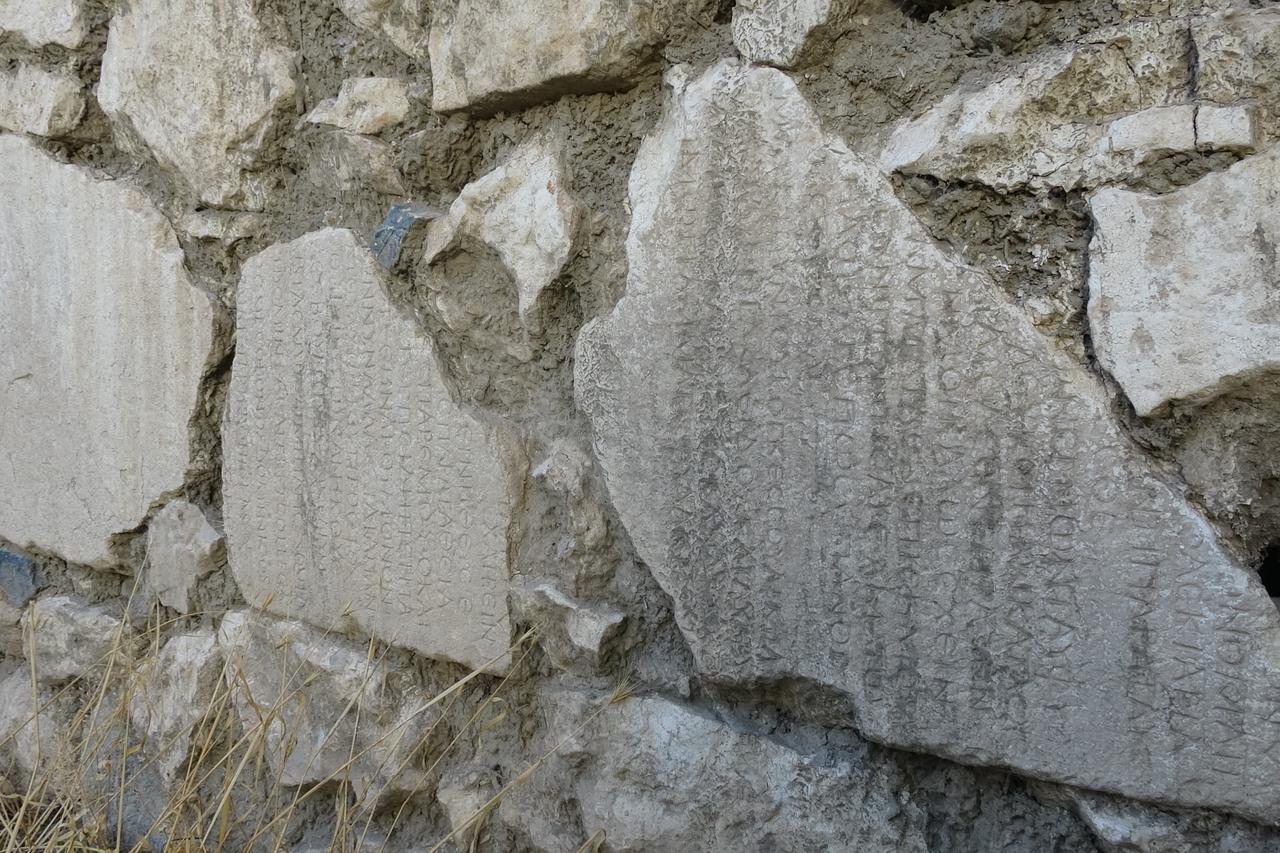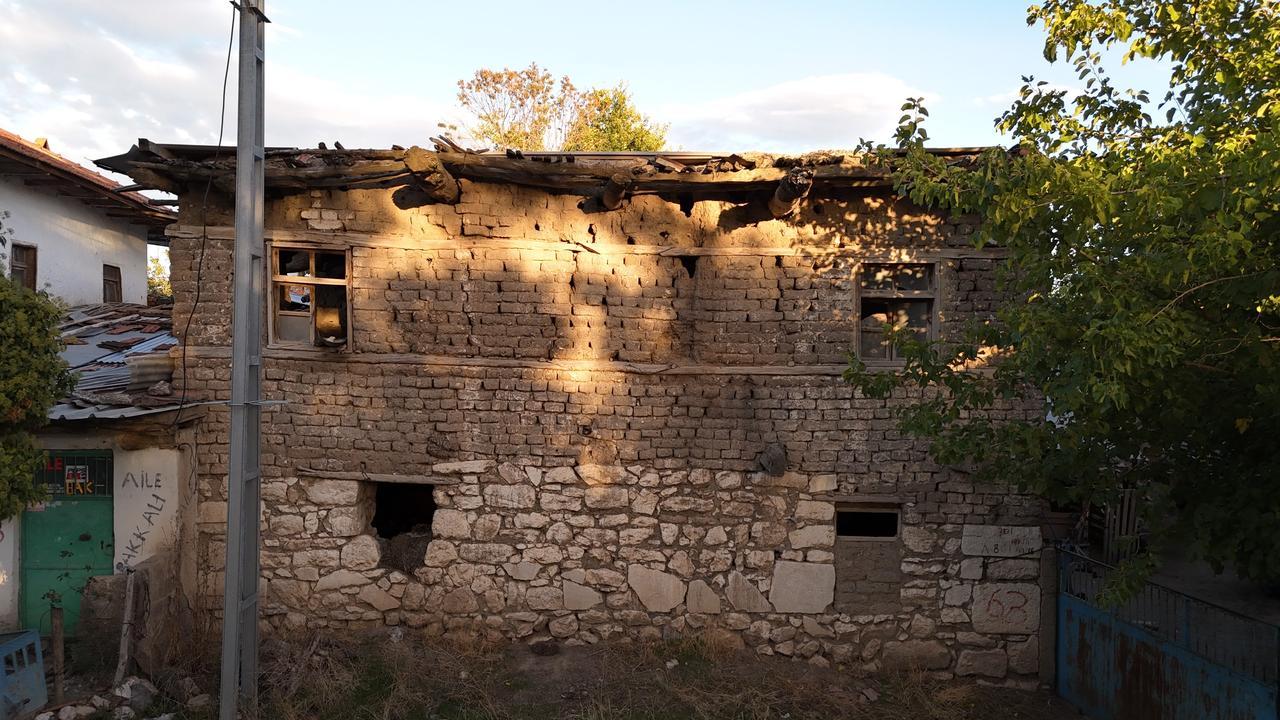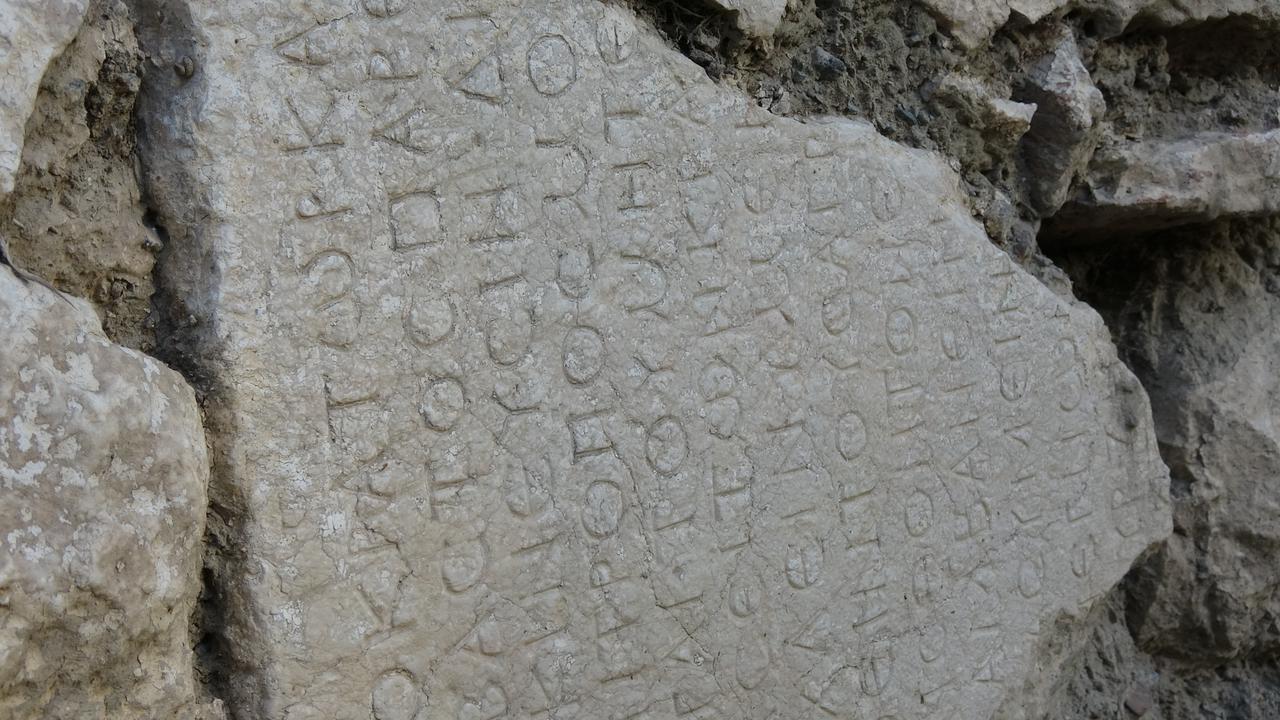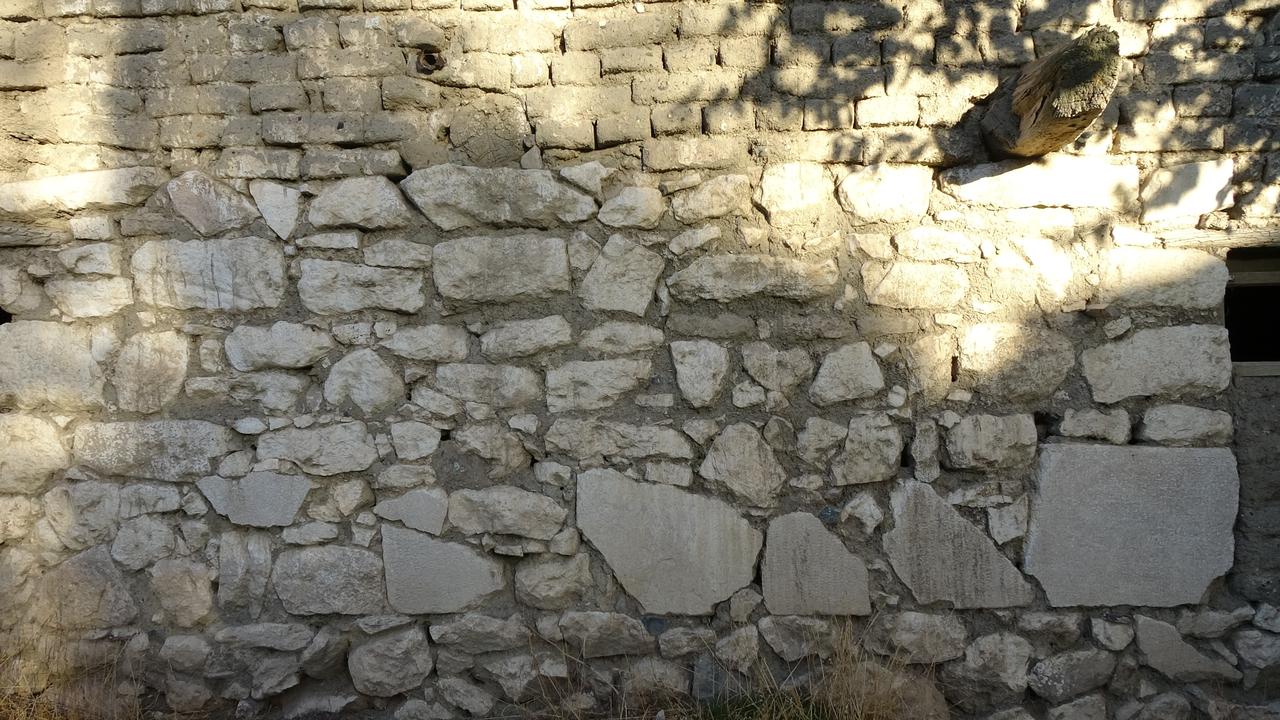
In the quiet village of Yarisli in Burdur’s Yesilova district, near the ancient city of Takina, locals once carried stones by horse cart to build a family home. Decades later, archaeologists identified these very stones as fragments of a letter written by Roman Emperor Caracalla, who ruled between the late second and early third centuries.
When experts examined the building in the 1970s, they confirmed that 10 stones embedded in its foundation contained Latin inscriptions forming part of an imperial document. The Burdur Museum Directorate recorded the stones and informed both the local administration and the homeowners that the structure would eventually be dismantled so the artifacts could be preserved under state protection.

Today, the once-inhabited house stands empty and crumbling, its walls still holding the emperor’s words. Despite decades of neglect, it continues to attract attention from archaeologists and museum officials.
According to local resident Ferhat Agil, aged 65, the story of the house has been passed down through generations. “The stones were brought from a place we call Asar Hill,” he recalled. “Archaeologists once came all the way from Istanbul. They said these stones belonged to the Roman period. The museum later sent us a letter saying the stones were registered and we were responsible for keeping them safe until removal.”

Agil explained that his father-in-law had built the house using the ancient blocks and that, even after an earthquake in 1971, the family continued to live there. He added, “The parts with writing were placed facing the road. Later, people noticed the inscriptions. I have never seen stones like these anywhere else.”

Experts believe the discovery sheds light on how ancient materials were reused in rural construction during the 20th century, often without knowledge of their historical value.
The house, located only a few kilometers from Takina—once a Roman settlement—serves as a rare example of how imperial relics can survive in everyday structures.